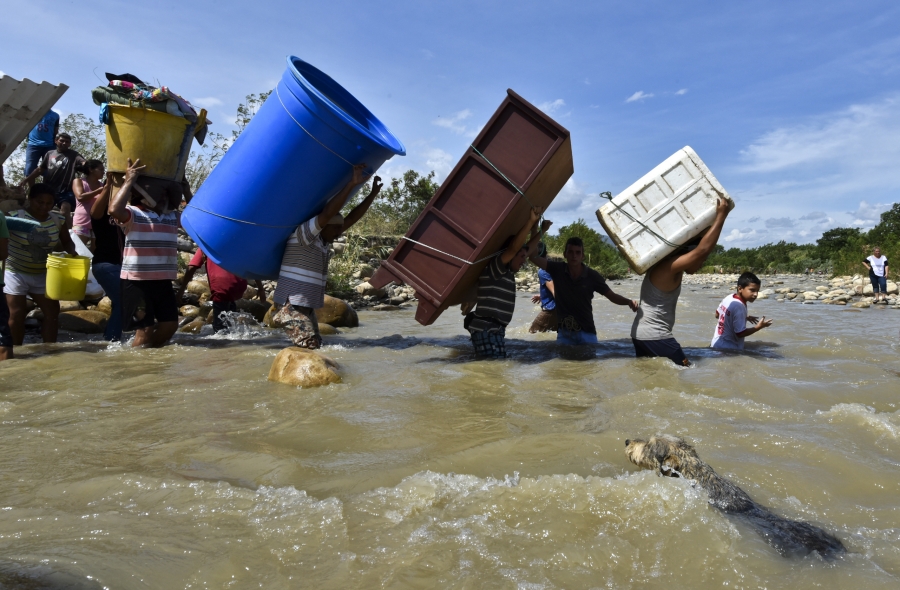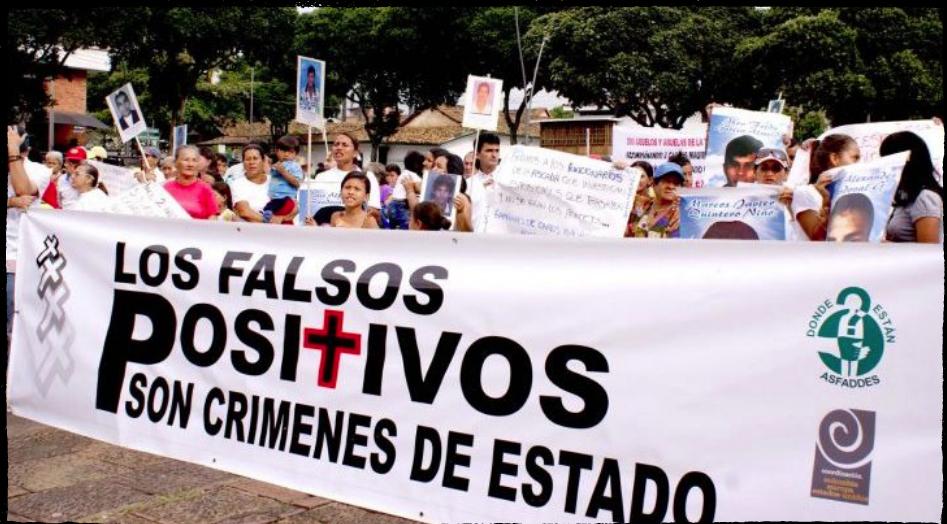

Two historical phenomena are fundamental to understanding the conflict. In order to address these problems, this article attempts to explain the causes of the conflict by relating its recent development to the rationale of its actors in light of a medium and long-term perspective. This disagreement reflects the heterogeneity of Colombian society itself. The disagreements support differing explanations of the violence, ranging from those which privilege objective, structural factors such as political exclusion and socio-economic inequality, to those that centre on the motivations and voluntary choices of the individual actors. This is one of the obstacles to a negotiated solution. In the Colombian conflict the violence does not revolve around a single clearly defined polarity, with a specific core of economic or ethnic conflicts, but is instead related to various dynamics and different historical processes, which are reflected in more fluent identities and produce frequent changes in territorial control.Īs a result of this complexity Colombian society has not established a consensus on the nature and origins of the armed conflict. It also produced a change in the public's perception of a conflict once considered distant from everyday reality but now seen as intervening more and more in people’s lives. This increase produced between 1.5 – 2 million displaced persons between 19, composed mostly of female heads of households, children and the elderly. This situation is reflected in the growing number of municipalities affected by military action, rising from 227 in 1990 to 498 in 2002 whilst the number of actions targeting the civilian population rose from 172 to 436. In 1995 there were 92 homicides per 100,000 inhabitants, the highest rate in the world.

The total number of homicides is much higher: 9,087 homicides in 1983 increased to 28,284 in 1993, although this trend has decreased marginally in recent years. Between 19 there were 26,985 civilian murders related to the armed conflict whilst there were only 12,887 fatalities in military operations. The Colombian conflict is overwhelming in its complexity and devastating in its impact on the civilian population.


 0 kommentar(er)
0 kommentar(er)
